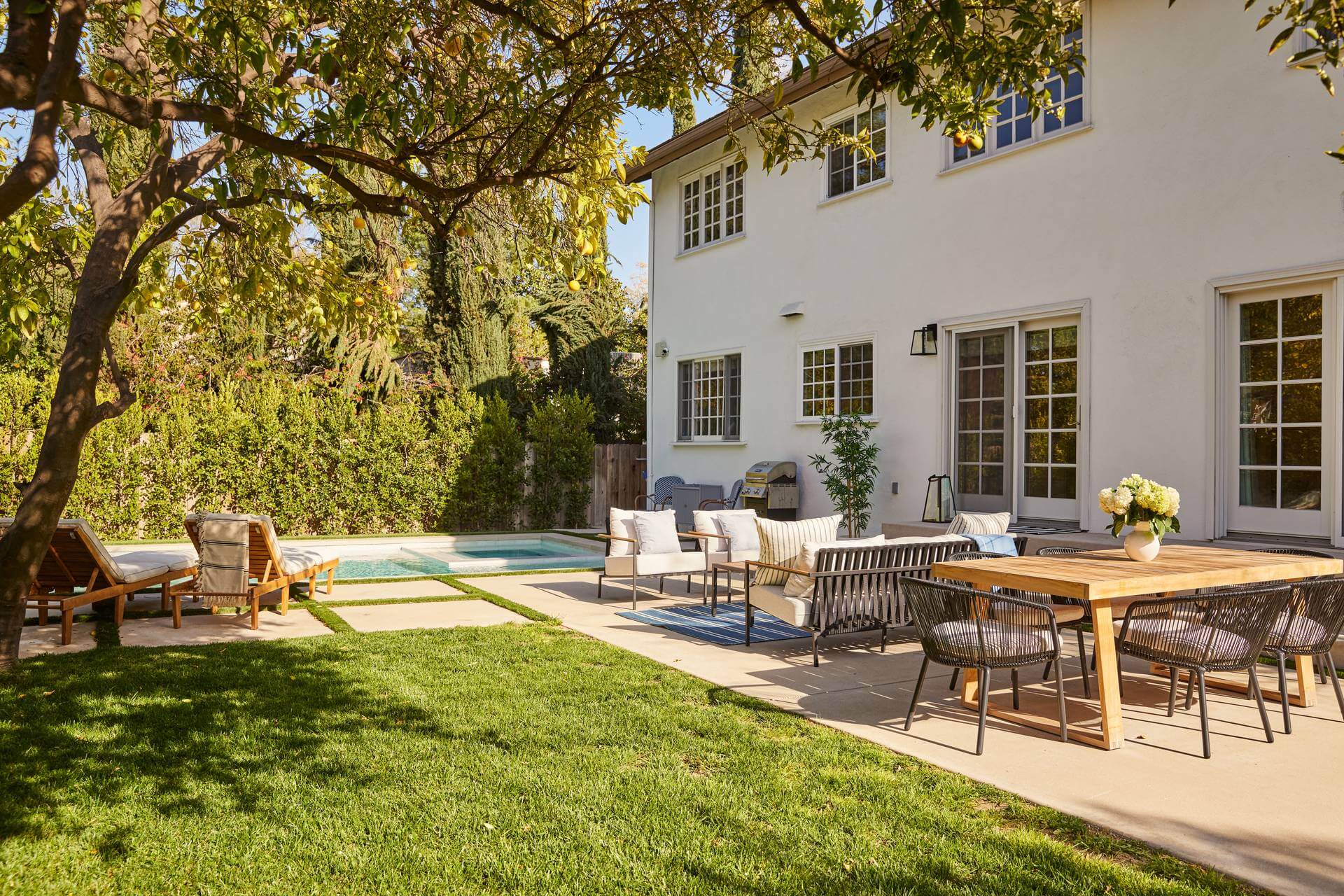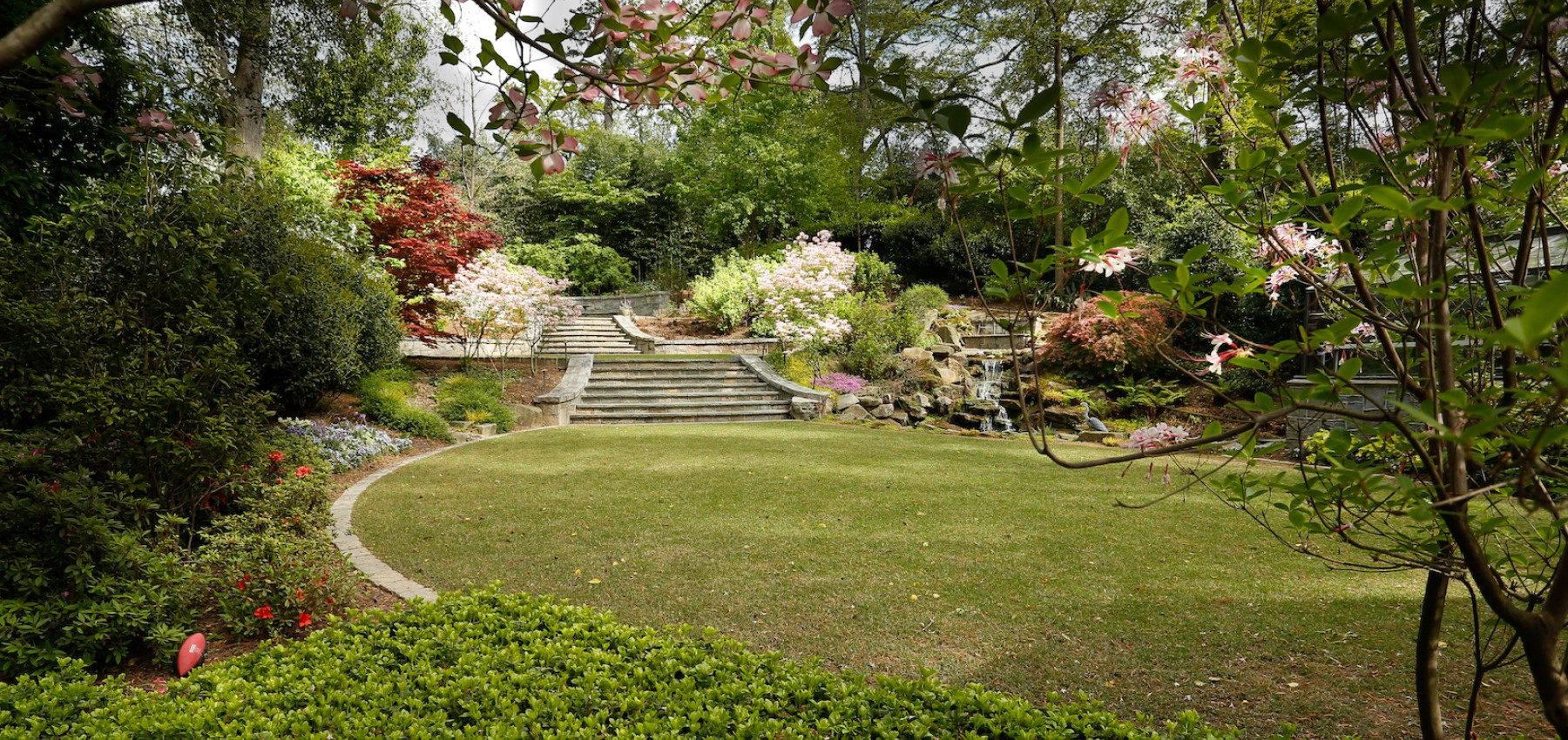The Basic Principles Of Landscapers
The Basic Principles Of Landscapers
Blog Article
The 3-Minute Rule for Landscapers
Table of ContentsThe Landscapers PDFsThe 10-Minute Rule for LandscapersGetting My Landscapers To WorkThe Greatest Guide To LandscapersTop Guidelines Of LandscapersFacts About Landscapers Revealed
- A yard attribute where water is stood for by an aggregate stone product, usually a crushed rock or granite.- A rock or flagstone outdoor patio, path, or walkway constructed without a concrete base.- A rock keeping or complimentary standing wall surface constructed without the use of mortar. A highly competent mason is required for a completely dry stack stone wall. Most wall surfaces in Rose city are not dry piled, also if they seem. - An underground framework that gather water and permits it to reduce percolate into the dirt around it.
Landscape layout that works with a websites' atmosphere in both look and sustainability without negative influences to the atmosphere. Bordering in the landscape is a line of separation that creates aesthetic rate of interest in the garden by dividing one section from an additional section. This can be visual or practical, maintaining one component (such as pea gravel) from obtaining mixed into an additional (like bark dust).
Locations can also have a sensation of "room" supplied by trees, other plantings, fencings, or screens. The landscape near the entrance to a structure.
Not known Details About Landscapers

The element in a landscape layout or area in a landscape that is implied to be most prominent. The focal factor can be a plant, boulder, sculpture, collecting area, or various other landscape function.

Getting The Landscapers To Work
Rock item, either rounded or fractured, that is relatively small- typically 1" or less. Low plants that are permitted or encouraged to spread over an area. Can refer to any kind of "hard" garden elements consisting of statuary or rocks yet most typically is used to describe courses, patios, and walls.: Elevation difference in between the degree of water in a fish pond (or the degree of the pump if it rests outside the fish pond) and the top outlet of water which affects performance of the water pump in gph (gallons per hour). Dense shrubs or trees that create a fencing, display, or border.
Fencing boards that run flat, usually utilized in modern or Japanese-inspired landscape layouts. Proper usage of imaginary lines can aid the landscape feel attached to the home and other elements.
Standard PNW additional reading landscapes are casual. A plant that spreads more than preferred, or right into habitats where it does damage.
The Only Guide for Landscapers
Smart irrigation controller evaluations and referrals here. 2-D rendering of the suggested irrigation system. Can include head placements and protection, pipeline sizing, GPM specifications, and products required to install this system. A watering strategy is generally unneeded for household buildings however is common for business jobs. Certified expert that designs landscapes, schooled in design and style as well as in horticulture.
Landscape designers typically have less education than Landscape Architects and are not accredited. A completed landscape layout, detailing all components for the new landscape.
Calcium material made use of to increase the pH in dirt, which will make it less friendly to moss (Landscapers). A water tight HDPE product used beneath ponds, streams and waterfalls in water attributes. Using lots of growings of the same selection to fill out a location in the landscape. This can lower maintenance and water usage in the garden.
A mix of concrete, sand, and water that is made use of in rock stonework for setting rocks and joints. A layer of compost or bark dirt used at the base of a plant. A mass planting of moss. A plant that existed in a geographic location prior to people started changing the landscape.
Some Known Incorrect Statements About Landscapers
How the yard or a yard component is arranged in partnership to an existing or brand-new attribute or to a direction. Preserving a lawn without the use of chemical herbicides, link pesticides, or plant foods. Turfs that are not cut but grown in landscapes as perennials. This is a partly open sided leisure or leisure location that adjoins a house, utilized for entertaining, outdoor dining and just delighting in the exterior atmosphere.

Plants that give seasonal interest and after that die back in the winter months. Cold season turf that is the most common turf lawn in Rose city, OR and the remainder of the PNW.An open roofed framework over an outdoor patio or various other landscape feature.
The most common landscape gravel in the PNW. Area of the landscape made to handle rain water till it can soak into the ground.
Framework go to this web-site made of wood, concrete, leading stones, bricks or other products for stabilizing inclines and avoiding extreme disintegration. Narrow gutter. Creating a garden attribute consisting mostly of rocks with growings that enhance and can flourish in the rocky atmosphere. Sprinkler head style that turns a stream of water across an area.
The Basic Principles Of Landscapers

Report this page